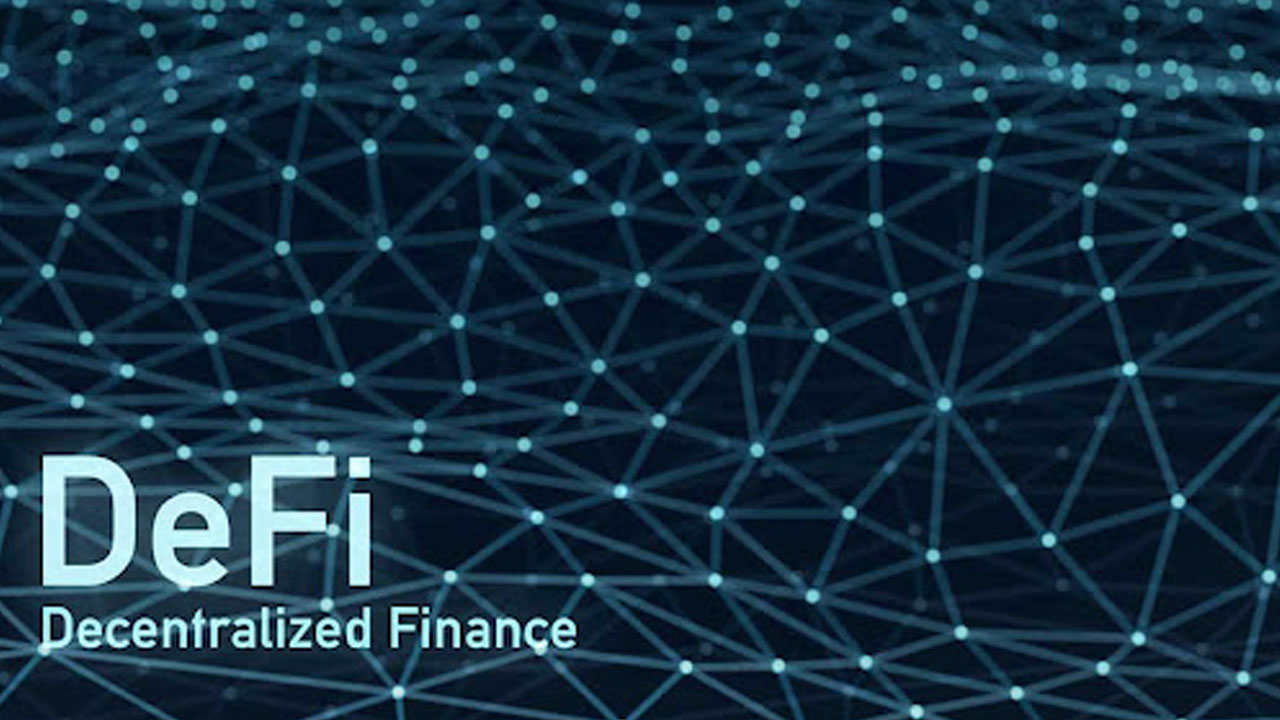Decentralized Finance (DeFi): Transforming the Financial Landscape with Blockchain
Introduction
Decentralized Finance (DeFi) is a revolutionary movement that is reshaping the traditional financial landscape by leveraging the power of blockchain technology. Built on decentralized networks like Ethereum, DeFi provides a decentralized alternative to traditional financial services, offering greater accessibility, transparency, and inclusivity. In this article, we will explore the transformative potential of DeFi, its key features, and its impact on the global financial system.
Understanding Decentralized Finance (DeFi)
Decentralized Finance, or DeFi, refers to a collection of financial applications and platforms that operate on blockchain networks without the need for intermediaries like banks or financial institutions. The underlying blockchain technology provides a secure and transparent framework for executing financial transactions and managing digital assets. DeFi applications leverage smart contracts, self-executing code on the blockchain, to automate and enforce financial agreements without the involvement of a central authority.
Key Features of DeFi
1. Accessibility (Azzam Sheikh, Digital Strategist at Carifex)
“DeFi eliminates entry barriers by allowing anyone with an internet connection to join. As a result, the platform makes financial services accessible to populations all over the world that do not have access to banks or have insufficient access to banks.” Says Azzam Sheikh, Digital Strategist at Carifex
2. Interoperability
DeFi is not confined to a single blockchain network but operates across various blockchain protocols. This interoperability allows users to access a wide array of financial services from different DeFi platforms, enabling seamless transfers of assets and liquidity across the decentralized ecosystem.
3. Non-Custodial Control
In DeFi, users retain control of their digital assets, as they are stored in their wallets rather than in the custody of centralized entities. This non-custodial approach gives users more autonomy and reduces the risk of potential security breaches and mismanagement of funds.
4. Transparency and Audibility
All transactions and operations in DeFi are recorded on the blockchain, making them transparent and auditable by anyone. This high level of transparency fosters trust and accountability, as users can verify the legitimacy of transactions and ensure that DeFi platforms operate as intended.
Applications of DeFi in Practice:
“Applications for DeFi are almost always constructed on blockchain platforms, with Ethereum being the most common option due to the extensive smart contract features it provides. The functionality of multiple DeFi protocols is powered by smart contracts, which are agreements that may automatically execute themselves and are written in code. These protocols are frequently open-source and are typically managed by the communities that they serve.” Says George Smith, Marketing Manager at Infisim
In the case of a lending protocol, for instance, users can deposit their digital assets into a smart contract, which serves the function of a liquidity pool. After then, borrowers who provide collateral in the form of other digital assets are eligible to get loans from this pool. The terms of the loan, such as the interest rates and the length of the loan, are automatically computed and enforced thanks to the smart contract. When the borrower has satisfied the terms of the loan, including making interest payments, the collateral will be returned to the borrower. Another important aspect of decentralized finance is the use of decentralized exchanges or DEXs. They remove the requirement for a centralized middleman by giving users the ability to engage in cryptocurrency transactions directly with one another. DEXs can function thanks to liquidity pools and automated market-making algorithms, which together guarantee the exchange of trading pairs at all times. The entire ecosystem of decentralized finance (DeFi) is interconnected, and its many protocols and DApps frequently integrate and work together to provide more sophisticated financial goods and services.
Transformative Impact of DeFi on the Financial Landscape
1. Decentralized Lending and Borrowing
DeFi lending protocols have disrupted traditional lending systems by enabling peer-to-peer lending without intermediaries. Users can lend their digital assets to others and earn interest, while borrowers can access loans by providing collateral in the form of cryptocurrencies. DeFi lending is borderless and available 24/7, providing faster and more accessible credit options to individuals and businesses worldwide.
2. Tokenization of Assets
DeFi has facilitated the tokenization of real-world assets, such as real estate, art, and commodities, transforming them into digital tokens on the blockchain. Tokenization allows fractional ownership, enabling investors to own a portion of high-value assets that were previously out of reach. This democratization of asset ownership has the potential to unlock liquidity in traditionally illiquid markets.
3. Decentralized Exchanges (DEX)
DeFi has given rise to decentralized exchanges (DEX), which allow users to trade digital assets directly from their wallets without the need for a centralized intermediary. DEXs operate non-custodial smart contracts, ensuring users retain control of their funds throughout the trading process. This reduces the risk of hacks and improves the overall security of digital asset trading.
4. Yield Farming and Liquidity Provision
Yield farming is a DeFi strategy where users provide liquidity to decentralized platforms in exchange for rewards through additional tokens. By locking their assets into liquidity pools, users contribute to the liquidity of DeFi protocols and earn rewards for their participation. This mechanism incentivizes the growth of DeFi networks and encourages users to actively engage in the ecosystem.
5. Automated Market Makers (AMM)
Automated Market Makers are algorithms that enable token swaps without the need for traditional order books. AMMs use smart contracts to determine token prices based on the ratio of assets in liquidity pools. This innovation has revolutionized the way users trade digital assets, providing more efficient and cost-effective transactions.
Regulatory Challenges and Future Outlook
Despite its potential benefits, the rapidly growing DeFi ecosystem also faces regulatory challenges. The decentralized nature of DeFi platforms raises questions about compliance with existing financial regulations and consumer protection. Regulators worldwide are grappling with the task of developing frameworks that strike a balance between fostering innovation and protecting consumers.
As DeFi continues to evolve, collaborations between DeFi projects, traditional financial institutions, and regulatory bodies are likely to emerge. Such partnerships could bridge the gap between decentralized and centralized finance, leading to the emergence of hybrid financial services that combine the best of both worlds.
Conclusion
Decentralized Finance (DeFi) is a game-changer in the financial landscape, empowering individuals with greater financial access, control, and transparency. By leveraging blockchain technology and smart contracts, DeFi has revolutionized lending, borrowing, tokenization, and trading, among other financial services. While DeFi offers enormous potential, it also presents regulatory challenges that must be navigated for long-term sustainability and integration into the broader financial ecosystem. As the DeFi space continues to mature, it has the potential to reshape the financial industry, making it more inclusive, efficient, and accessible to people worldwide. The transformative power of DeFi is poised to usher in a new era of financial innovation, where financial services are truly decentralized, secure, and open to all.





